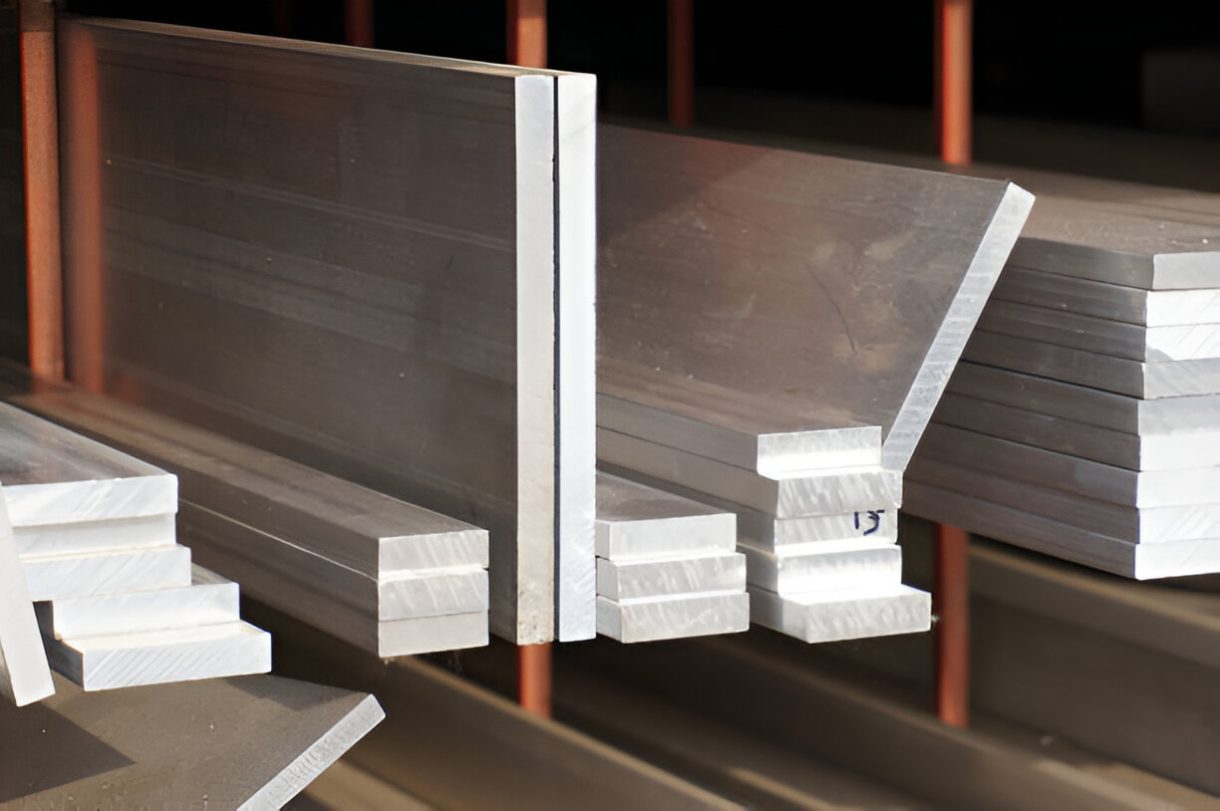
Metals are most endangered by corrosion. You have probably noticed rust on tools or pipes, which is corrosion in action. Rust gradually corrodes the metal, weakens it, and makes it look bad and break down more easily.
For that reason, corrosion-resistant metals are needed. Alloys tend to resist damage from rain, wet conditions, saltwater, and chemicals. Stainless steel often doesn’t rust, and some never rust.
If your project deals with weather or water, the type of metal you pick is very important. You will find out in this article which metals protect themselves from corrosion best, their main uses, and how to select the correct metal for your job.
Corrosion can sneak up on any metal left unprotected. It starts small but leads to big problems if ignored. Knowing what causes it helps you prevent it before it eats away at your work.
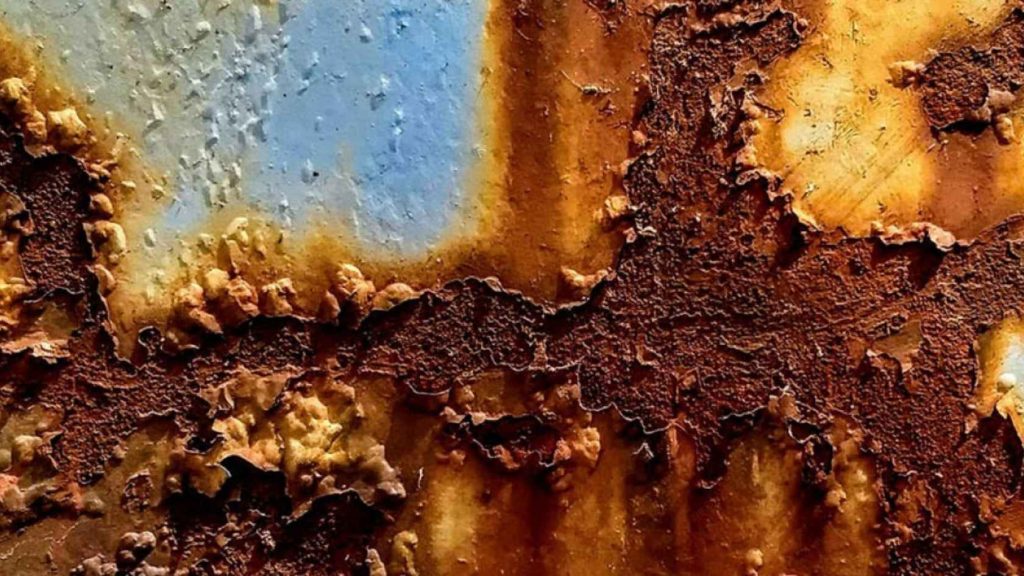
Corrosion is a natural process. When metal reacts with its environment, it begins to break down. Oxygen, water, salt, and chemicals all play a role.
It’s not always rust. Rust is just one kind. There are different types, and each metal reacts differently.
Oxygen is found in every place. Air contains oxygen, which bonds with metal when metal and air come together. The presence of moisture makes the reaction go faster.
Iron becomes covered with iron oxide, which we know as rust. Some of the old coating comes off, exposing new metal underneath. Then the process repeats itself.
A small amount of moisture can still start corrosion. That is the reason why metal outside wears out so fast.
All these, rain, high humidity, and condensation, can start corrosion. Metals or coatings in wet areas must be more durable.
Salt has a big impact on the taste. That explains why metal exposed to ocean air rusts very quickly.
It breaks down the outer layer and retains moisture, which is helpful for dry skin. It lets corrosion make more progress and go deeper in less time. You have to use specific metals if you are working with saltwater.
Metal can be harmed by acids, industrial fumes, and cleaning products. The harm might not show up right after the accident happens.
Chemicals slowly begin to weaken the metal inside the metalwork. That’s the reason factories depend on tough alloys and coatings to prevent accidents..
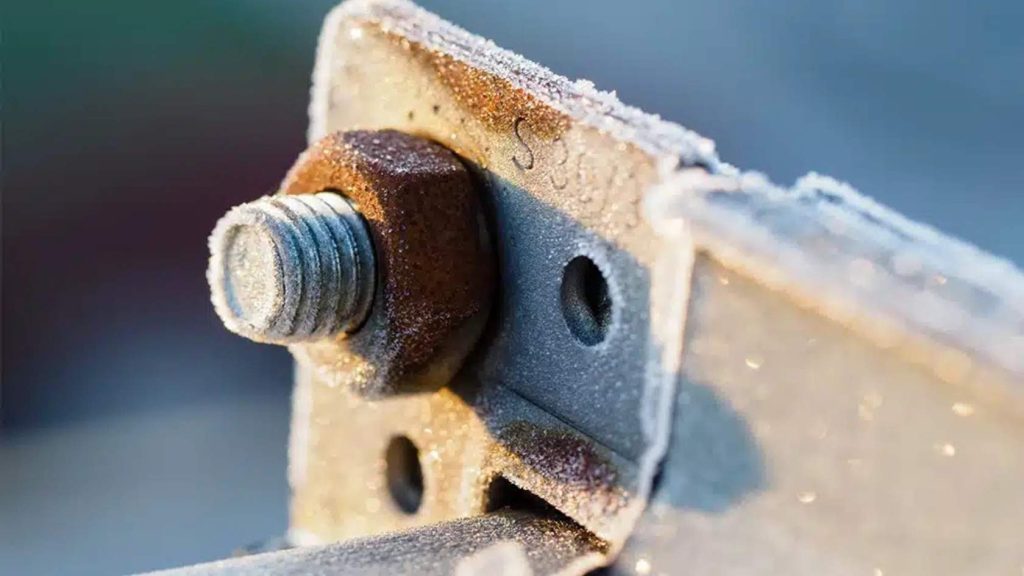
When two different metals touch in a damp place, they can corrode faster. One becomes the “sacrificial” metal and corrodes first.
This is common in plumbing and electronics. To avoid it, you need metals that play well together or isolation between parts.
Heat and cold make metal expand and contract. Over time, that stress creates tiny cracks. Moisture gets in, and corrosion starts from the inside.
In outdoor or engine parts, temperature swings can be a hidden risk.
Corrosion weakens the structure. It doesn’t just look bad—it causes parts to fail.
If you're building anything that needs to last, corrosion resistance matters. Choosing the right metal protects your project, your budget, and your safety.

Some metals fight corrosion better than others. They form natural barriers or contain elements that slow down decay. If your project faces moisture, salt, or chemicals, these metals are your best defense.
Let’s break down the top performers and why they matter.
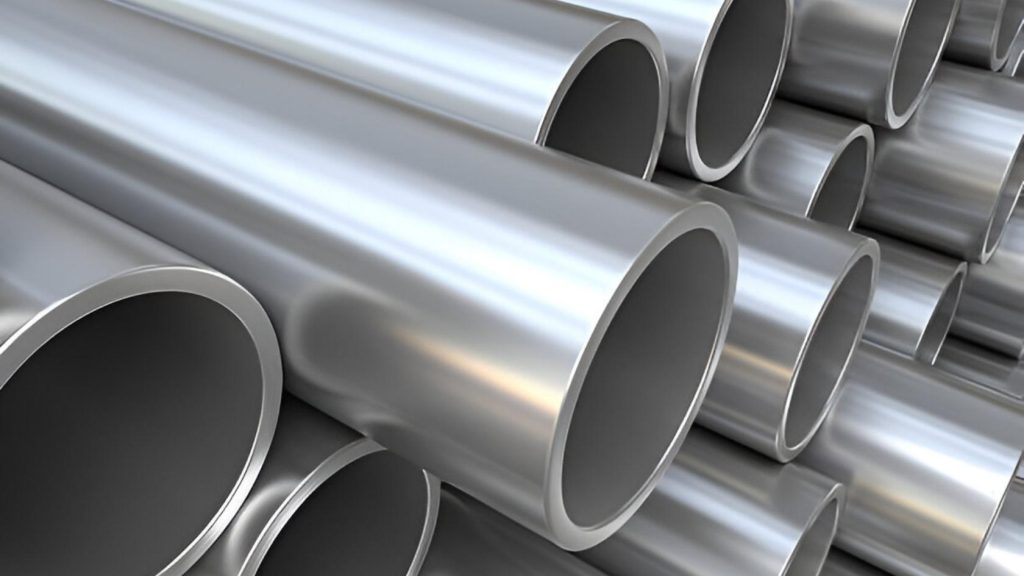
You’ve seen stainless steel everywhere—from kitchens to bridges. It’s strong, clean-looking, and tough against rust.
What makes it special? Chromium. When exposed to air, chromium forms a thin layer that blocks moisture and oxygen. That layer self-heals, even if scratched.
Best for: kitchens, medical tools, outdoor fixtures, and industrial parts.
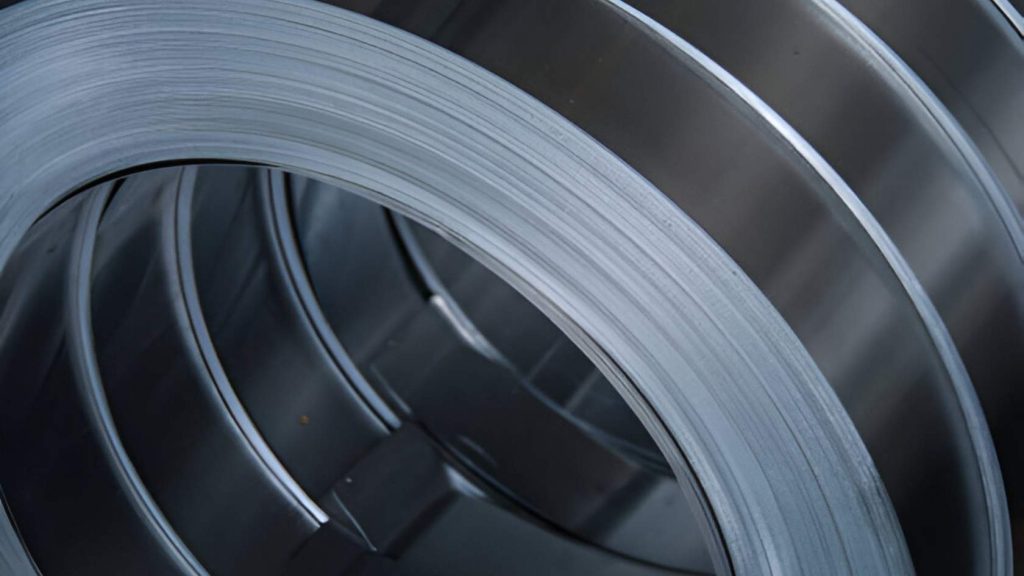
Aluminum doesn’t rust like steel. Instead, it forms a protective oxide layer when it meets air. That layer keeps corrosion from digging deeper.
It’s also lightweight, which makes it great for transportation, aerospace, and tools.
Best for: car parts, airplanes, window frames, and marine fittings.
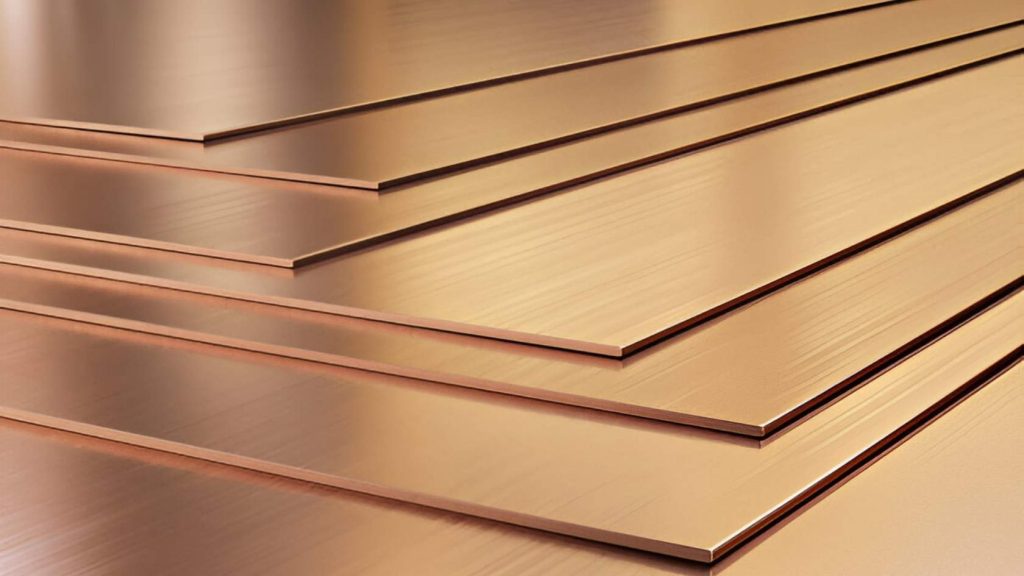
Copper resists corrosion in air and water, especially fresh water. Over time, it forms a greenish patina. That layer protects the metal beneath.
It’s not great in salty environments, but in dry or fresh water zones, copper works well.
Best for: plumbing, roofing, and decorative elements.
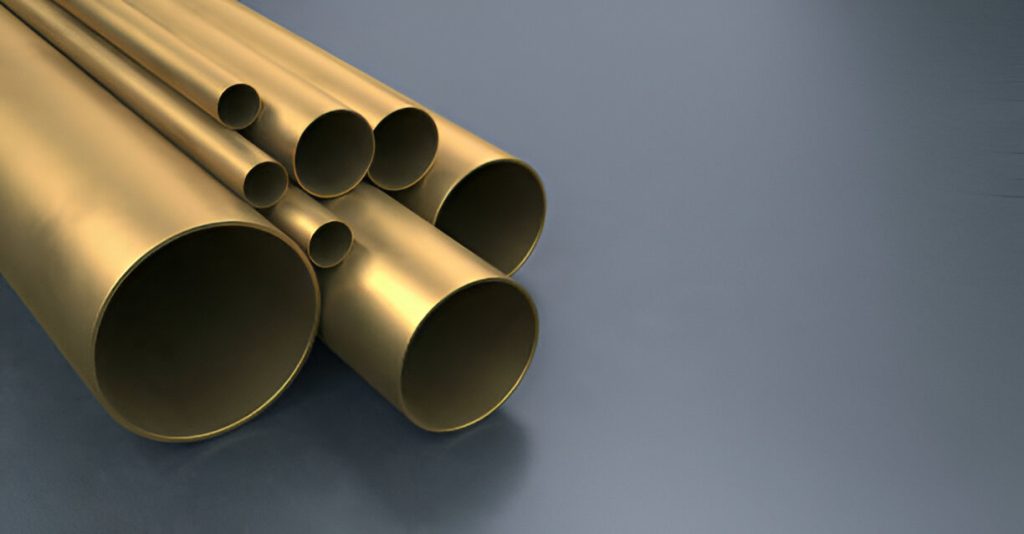
Bronze is a copper alloy with added tin or other metals. It’s stronger than copper and better in harsh environments. It doesn’t spark or corrode easily.
That’s why it’s used in boats, tools, and old statues that still survive today.
Best for: marine parts, sculptures, and machinery.
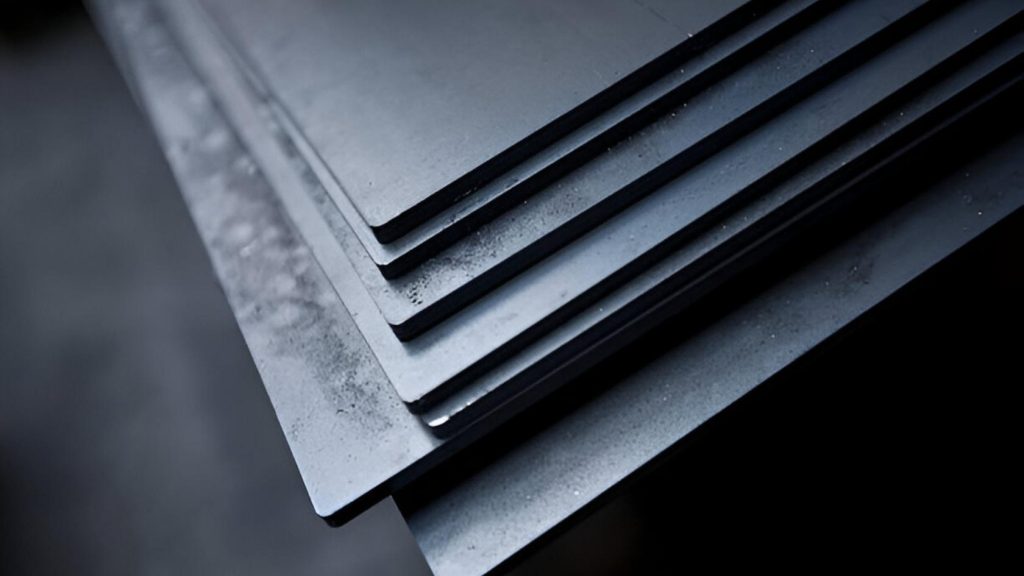
Titanium is light, strong, and nearly immune to corrosion. It resists saltwater, chemicals, and high heat. It also lasts for decades.
It’s expensive, but where safety matters most—like in aircraft or medical devices—it’s worth it.
Best for: aerospace, medical implants, and marine use.
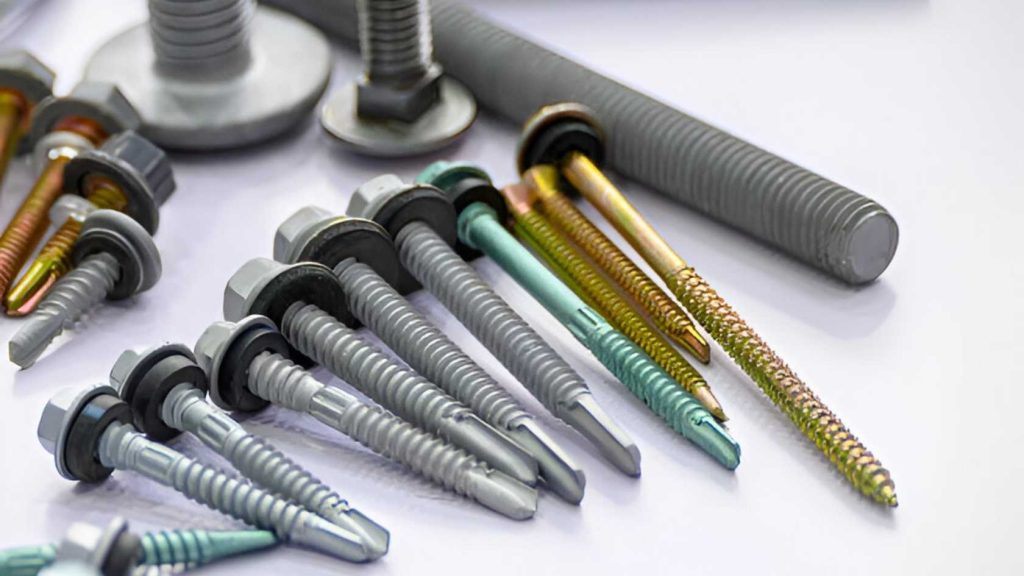
Zinc isn’t used much on its own, but it protects other metals. It’s the main ingredient in galvanization, where a zinc layer coats steel to prevent rust.
Even if scratched, zinc “sacrifices” itself to protect the base metal.
Best for: fences, roofing sheets, bolts, and pipes.
Choosing the right metal depends on where and how it’ll be used. Think about exposure to water, chemicals, and time. Then pick a metal that won’t let you down.
Knowing that a metal resists corrosion is one part of the information. How do you make sure it can handle the situation in your environment? The difference is made by testing. No lab is required; all you need is the setup and time to experiment.
It’s the simplest way to do this. Cut or remove a little piece of the metal. Put it somewhere in your home where you expect to use it.
Bury the device in dirt or put it where there is salty air, for example, by a beach. Watch for clues such as changed color, rust, or deterioration on the surface. Some metals are able to last for weeks. Others can get their priorities straight fast.
If it doesn’t rust or break while you test it, it is probably safe to use it in your build.
This type of test is used more in the field, although it is advanced. You put a fine saltwater mist into the air over the metal in an enclosed space.
Corrosion can take time to appear; sometimes it shows up after hours or days. It proves useful in marine or humid atmospheres to check the quality of metals.
It is possible to do a homemade version of this test with a plastic box, saltwater, and a spray bottle.
Put a metal in contact with another metal and let them come in contact with moisture. If there is faster corrosion on one metal, the problem is with galvanic action.
The way to prevent this is to evaluate a variety of options. You might have to apply a barrier layer of some kind between the metals.
Test the reaction when you scratch a coated piece of metal, such as when it has paint, powder, or zinc covering.
Many times, corrosion develops where something has damaged the material. Purposely scratch the skin in the design area and then expose the design. Watch how quickly the harm moves across the locations.
Failure of the coating means your metal won’t be able to stand up to the elements.
Corrosion takes time to develop, and it doesn’t happen in a single day. It builds. Allow your samples to sit out, at least for a week, but you can go longer.
Take notes. Check weekly. Keep a log of changes that you can see. Over time, you get the best results from testing.
Enduring the testing process now can protect you from wasting time, money, and stress later. It provides a smart method to make sure your metal is the best one for the job.
Not every project needs high-grade metals. But when you're dealing with water, heat, or chemicals, corrosion resistance becomes essential. Let’s break down where these metals shine.
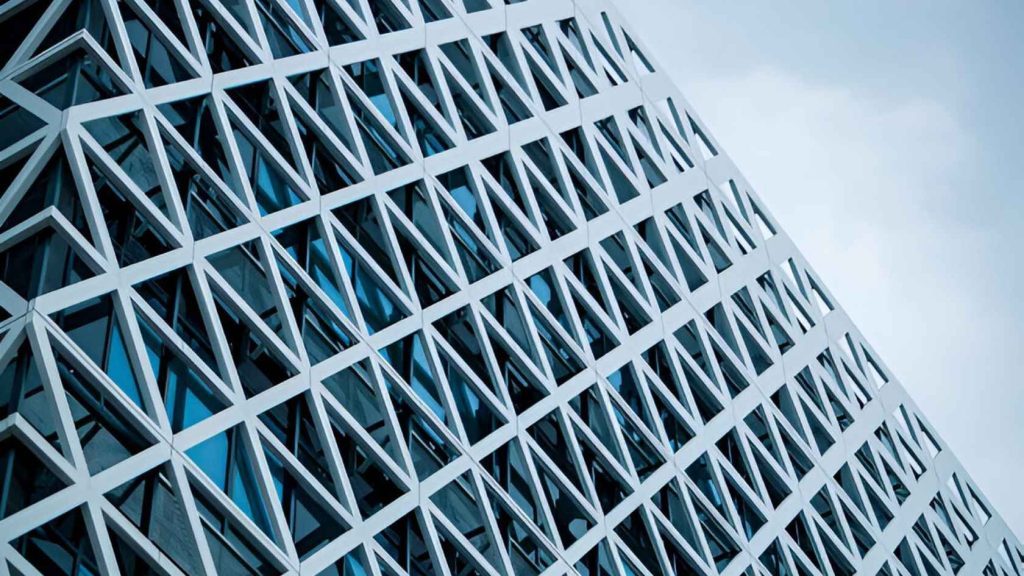
Metal easily gets damaged by rain, wind, and humidity. Fences, gates, railings and outdoor screws deal with the weather every day. Because of this, stainless steel, aluminum, or galvanized steel are the usual choices for outdoor installations.
If the project is a deck or garden structure, make sure the materials can tolerate moisture for many years.
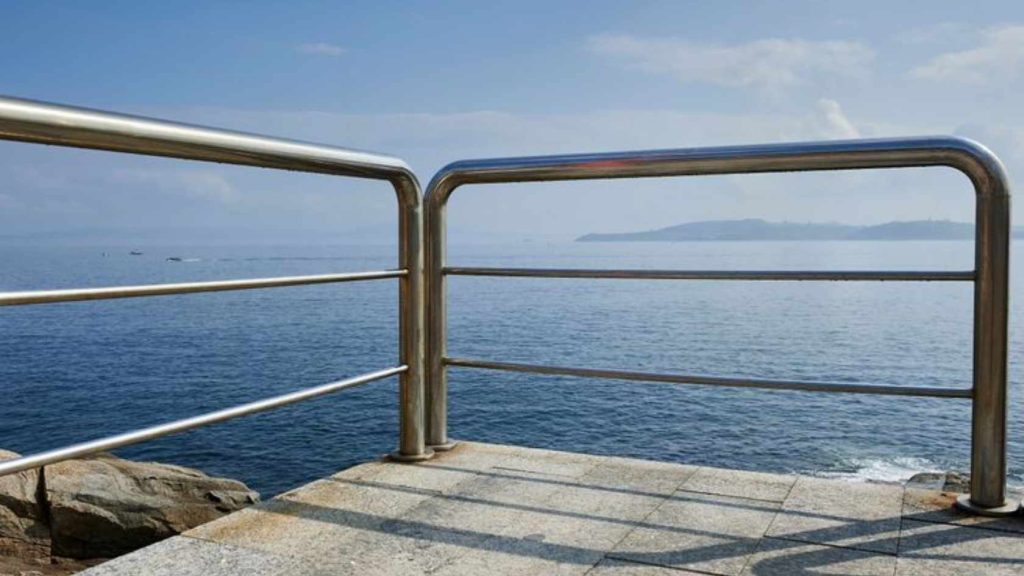
Saltwater is very difficult to deal with. Boats, docks, and other objects around the ocean must be very resistant. Titanium and bronze work very well in saltwater environments. Aluminum may be used, though it requires special marine-grade paint.
Smaller works are best suited to stainless steel 316 (marine grade). Although it is more expensive, it stays in good shape far longer in salty air.
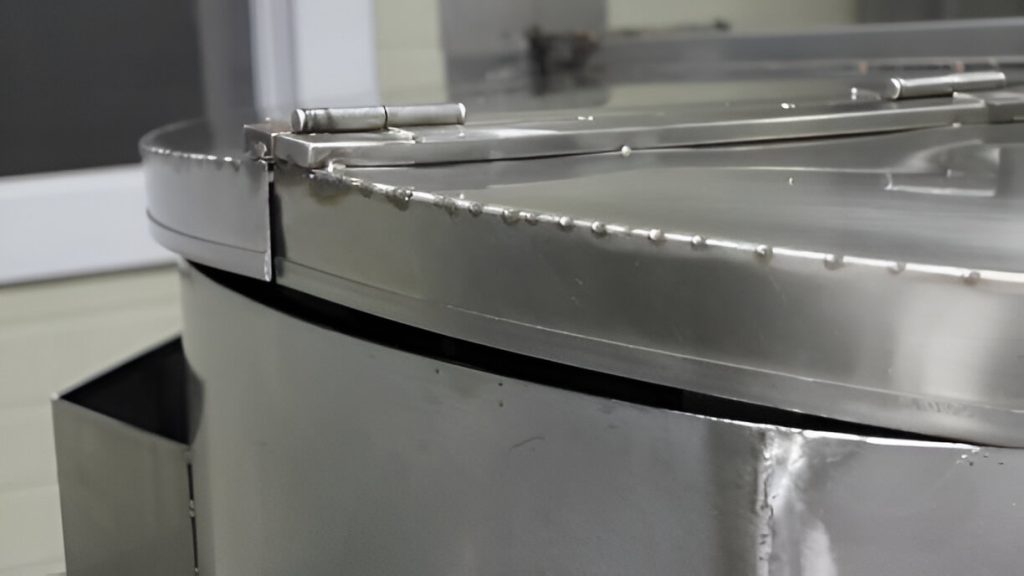
Hygiene is very important. Metal that is used in food must not corrode and must resist bacteria. Most people tend to choose stainless steel. It is not affected by rust, stains, or acid in food.
You find it in all the usual places in kitchens, such as sinks, appliances, and utensils.
Water and occasionally chemicals come into contact with pipes all the time. Most uses of copper come from the fact that it does not corrode easily on the inside. In high-pressure or hot water environments, stainless steel works very well.
Safety and the length of your plumbing system depend on the metal type you choose.
Strong metals resistant to corrosion are used in factories, refineries, and chemical plants. Metal wears away fast because of heat, pressure, and difficult liquids.
Nickel alloys, high-grade stainless steels, and titanium are strong under pressure. Acid or heat resistance calls for a material that is industrial grade.
What kind of environment you have will determine the corrosion-resistant metal to choose. Where the product is put matters as much as the product itself. Pick the right metal for the job to make sure repairs are not expensive later on.
Not all corrosion-resistant metals are the same. Some work better in water, others in chemicals, and a few can take both. Your choice depends on where and how you plan to use the metal.
Let’s walk through how to make the right call.
Start by asking: Where will this metal live?
Wet or humid air? Go for aluminum or stainless steel.
Saltwater or marine use? Choose titanium, bronze, or 316-grade stainless steel.
Industrial chemicals? Use nickel alloys or coated metals.
The harsher the environment, the tougher your metal needs to be.
You might not need the most expensive option. Aluminum is affordable and does great in light exposure. Stainless steel costs more but lasts longer. Titanium is incredibly strong, but pricey.
Ask yourself: Is it worth paying more now to avoid replacing parts later?
Corrosion resistance is great, but what about load? If your metal needs to support weight, strength matters too. For heavy-duty parts, go with stainless steel or titanium.
If strength isn’t as important—say, for a light cover or panel—aluminum will do just fine.
Some metals age better than others. Stainless steel stays shiny. Copper and bronze develop a patina. If appearance matters, choose based on how you want it to look over time.
You can also add coatings or polish to change the finish.
Will the part be easy to access later? If not, pick a metal that won’t need regular upkeep. Low-maintenance options like stainless steel or bronze can save you trouble.
If access is easy and the part is small, it’s okay to use cheaper metals and replace them as needed.
It’s one thing to know a metal resists corrosion. It’s another to compare them side by side. This chart gives you a quick look at how common metals perform in real-world conditions.
You can use it as a cheat sheet before you start your next build.
| Metal/Alloy | Water Resistance | Saltwater | Chemical Resistance | Strength | Cost Level | Best Use |
| Stainless Steel 304 | High | Moderate | Moderate | High | $$ | Kitchens, indoor plumbing, and appliances |
| Stainless Steel 316 | Very High | High | High | High | $$$ | Marine, outdoor, food processing |
| Aluminum (6061) | High | Low | Low | Moderate | $ | Frames, panels, lightweight structures |
| Copper | High (fresh water) | Low | Low to moderate | Moderate | $$$ | Plumbing, roofs, and decorative fixtures |
| Bronze | Very High | High | Moderate | High | $$$$ | Marine hardware, sculptures, and bushings |
| Titanium | Excellent | Excellent | Excellent | Very High | $$$$$ | Aerospace, medical, deep-sea components |
| Zinc (as coating) | Low (alone) | Moderate | Low | Low | $ | Coating steel parts, bolts, and roofing |
When you work with metal, corrosion is always a threat. Moisture, salt, chemicals—even just air—can slowly eat away at your materials. That’s why choosing a corrosion-resistant metal from the start makes a big difference.
You’ve got solid options. Stainless steel works for most jobs. Aluminum is lightweight and resists rust. Copper and bronze handle water well and last for decades. For extreme conditions, titanium stands above the rest. Even zinc coatings can help protect cheaper metals.
The key is knowing your environment. Are you near saltwater? Facing chemicals? Building something that needs to last outdoors? Match the metal to the conditions, and your project will last longer and perform better.
Corrosion may be natural, but it’s not unbeatable. With the right metal, you stay ahead of the damage and build something that lasts.
